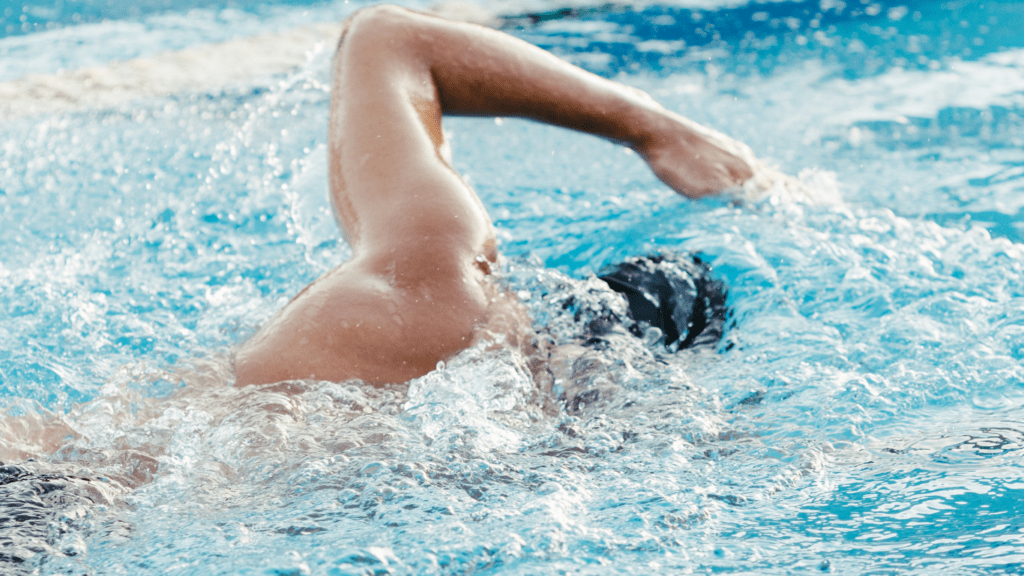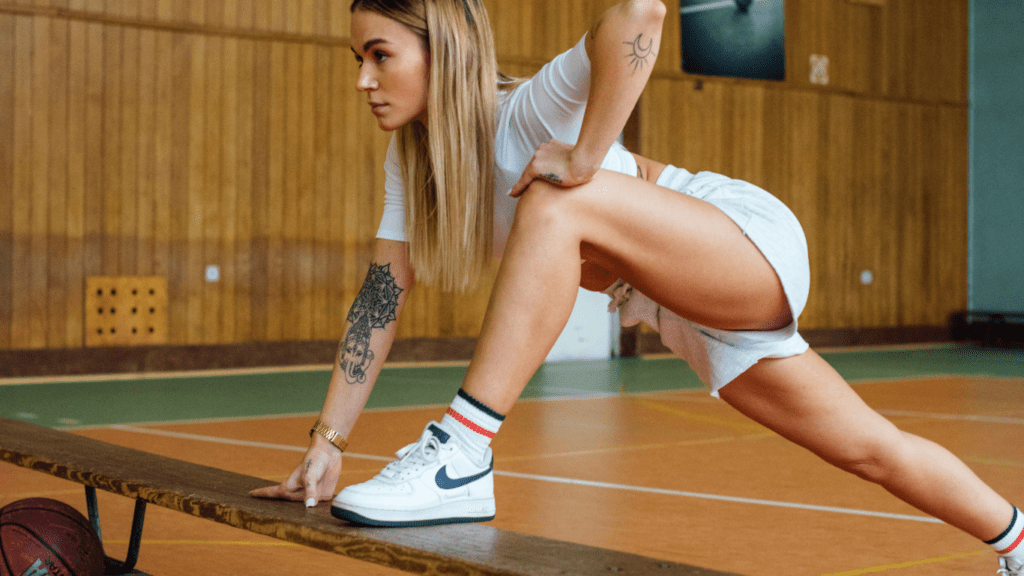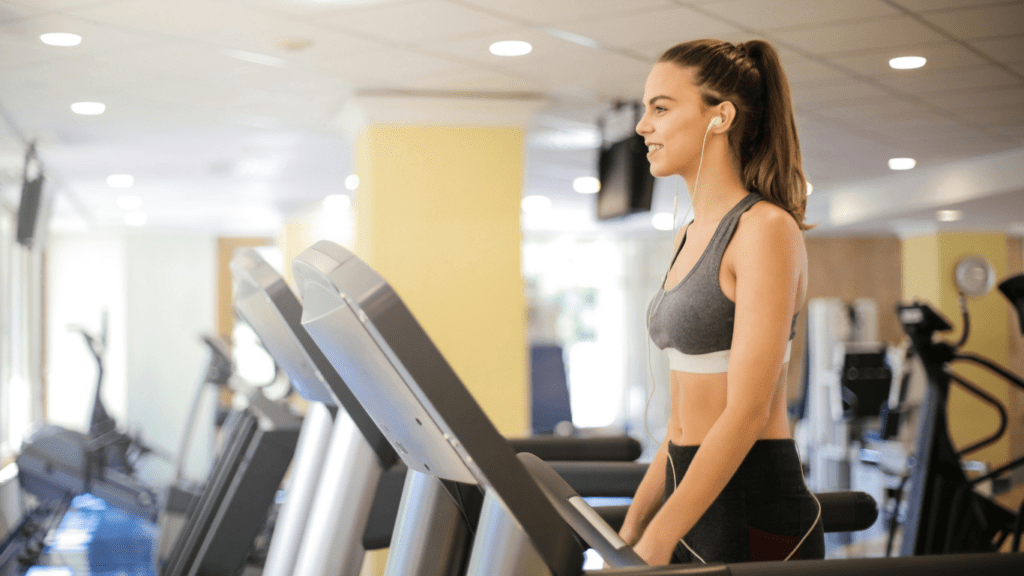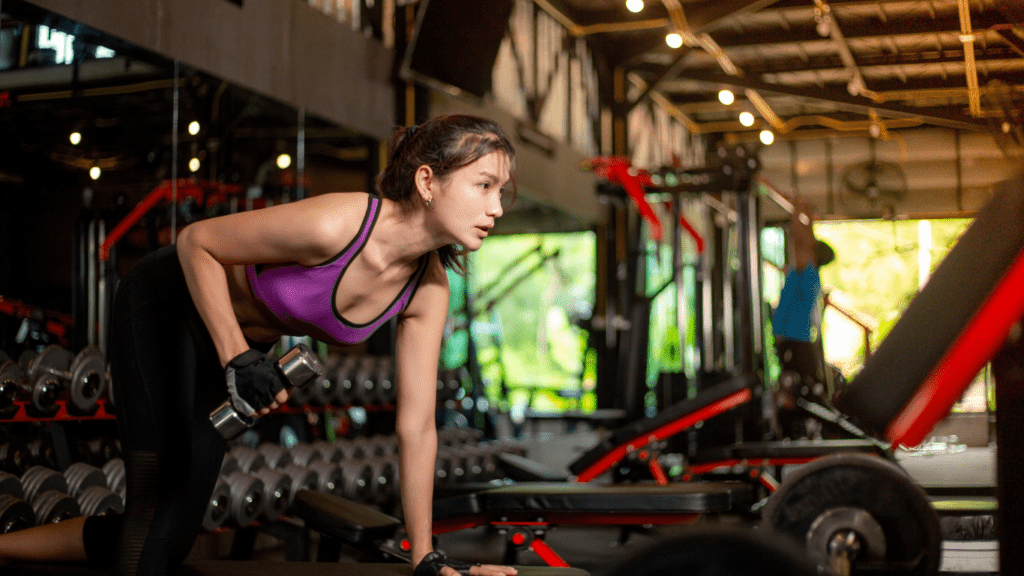When it comes to athletic performance, core strength is often the unsung hero. A strong core not only enhances stability and balance but also boosts power and agility in any sport. Whether you’re sprinting down the field or making that crucial jump, your core plays a vital role in every movement.
Importance of Core Strength in Athletics
Core strength plays a crucial role in athletic performance. A strong core enhances stability, balance, power, and agility, essential for successful execution of athletic movements. Core muscles support the spine, pelvis, and shoulder girdle, facilitating efficient movement patterns.
Improved stability leads to better control during dynamic activities. Athletes with stronger cores exhibit enhanced balance, helping to maintain proper form during complex motions like sprinting or jumping. Increased power results from effective transfer of energy through the core, impacting overall speed and force generation.
Athletes engage their core during virtually every sport. In running, core strength aids in maintaining posture and preventing injuries. In team sports, it supports quick directional changes. For athletes in strength sports, a solid core contributes to lifting heavier weights safely.
Prioritizing core strength significantly elevates athletic performance. It provides athletes with the necessary foundation for executing skills effectively and safely across various sports.
Overview of Core Strengthening Exercises
Core strengthening exercises target specific muscle groups that contribute to overall athletic performance. These exercises improve stability, balance, and power, making them essential for athletes.
Types of Core Muscles
Core muscles consist of various groups that work together to support movement and stability. Key types include:
- Rectus Abdominis: This muscle runs vertically along the front of the abdomen and plays a crucial role in flexing the spine.
- Transverse Abdominis: Located deeper in the abdomen, this muscle stabilizes the pelvis and spine during dynamic movements.
- Obliques: These muscles, which run along the sides of the abdomen, assist in rotation and lateral flexion, contributing to trunk stability.
- Erector Spinae: This group of muscles runs along the spine and maintains an upright posture while supporting spinal extension.
- Multifidus: This deep muscle stabilizes the vertebrae in the lower back, enhancing overall core stability.
Benefits of Core Conditioning
- Improved Stability: Strong core muscles stabilize the body during movement, reducing the risk of injury.
- Increased Balance: A well-conditioned core enhances balance, essential for executing complex movements in sports.
- Enhanced Power Transfer: Core strength optimizes the transfer of energy from the lower to upper body, improving speed and explosive power.
- Better Posture: Conditioning the core promotes proper posture, positively affecting performance during activities like running and lifting.
- Efficient Movement Patterns: A strong core supports efficient biomechanics in various sports, leading to improved performance outcomes.
Top Core Strengthening Exercises
Core strengthening exercises enhance athletic performance by improving stability, balance, and power. Here are some effective exercises to develop core strength:
Plank Variations
Plank variations engage multiple core muscles, including the rectus abdominis, transverse abdominis, and obliques. Standard planks, side planks, and plank jacks provide diverse challenges.
- Standard Plank: Maintain a straight line from head to heels, keeping elbows under shoulders. Aim for 30-60 seconds.
- Side Plank: Position one forearm on the ground and stack feet. Hold for 30 seconds on each side to target obliques and improve lateral stability.
- Plank Jacks: Start in a standard plank position. Jump feet out and in, maintaining a stable core to increase intensity.
Russian Twists
Russian twists specifically strengthen obliques and enhance rotational strength.
- Seated Position: Sit with knees bent and lean back slightly. Hold a weight or medicine ball with both hands.
- Twisting Motion: Rotate your torso to one side, then the other, while keeping your core tight. Aim for 15-20 repetitions per side.
Medicine Ball Throws
Medicine ball throws develop explosive power and engage various core muscles.
- Overhead Throws: Stand with feet shoulder-width apart. Raise the medicine ball overhead and throw it down to the ground. Perform 10-15 repetitions.
- Chest Passes: Stand facing a wall or partner. Hold the ball at chest level and forcefully throw it. Repeat for 10-15 throws for increased upper body and core engagement.
Dead Bugs
Dead bugs effectively target the core while promoting coordination and stability.
- Starting Position: Lie on your back with arms extended toward the ceiling and knees bent at 90 degrees.
- Contralateral Movement: Slowly lower your right arm and left leg towards the floor while maintaining a neutral spine. Return to the starting position and alternate sides for 10-15 repetitions.
Incorporating these core strengthening exercises into a training regimen fosters enhanced athletic performance, contributing to improved agility, control, and overall execution of skills in various sports.
Tips for Incorporating Core Exercises into Training
Incorporating core exercises into a training program enhances athletic performance. Follow these tips for effective integration:
- Schedule Regular Core Workouts: Dedicate specific days for core training, ensuring consistency. Aim for core sessions two to three times per week.
- Incorporate Active Recovery: Employ core exercises during active recovery days. This approach maintains engagement without adding strain.
- Combine with Other Workouts: Integrate core exercises into strength or cardio sessions. For example, include planks between sets of weightlifting or perform medicine ball throws post-sprinting drills.
- Focus on Form and Technique: Prioritize quality over quantity. Master proper form to minimize injury risk and maximize effectiveness.
- Use Varied Exercises: Employ a variety of core exercises targeting different muscle groups. This diversity promotes balanced strength and prevents boredom.
- Progress Gradually: Increase difficulty over time by adding resistance or complexity. Progression keeps workouts challenging and engaging.
- Set Specific Goals: Establish clear objectives for your core training. Whether improving stability for a particular sport or boosting overall power, targeted goals enhance focus.
- Monitor Your Progress: Track improvements in core strength and athletic performance. Use metrics like time held in a plank or the number of repetitions in a set to gauge advancement.
- Warm Up Properly: Prepare your body with dynamic stretches before core workouts. Effective warm-ups prevent injury and enhance performance.
- Stay Mindful of Breathing: Incorporate controlled breathing during exercises. Proper breathing aids in maintaining core engagement and overall stability.
By applying these tips, I can effectively incorporate core exercises, optimize performance, and enhance my overall athletic capabilities.




